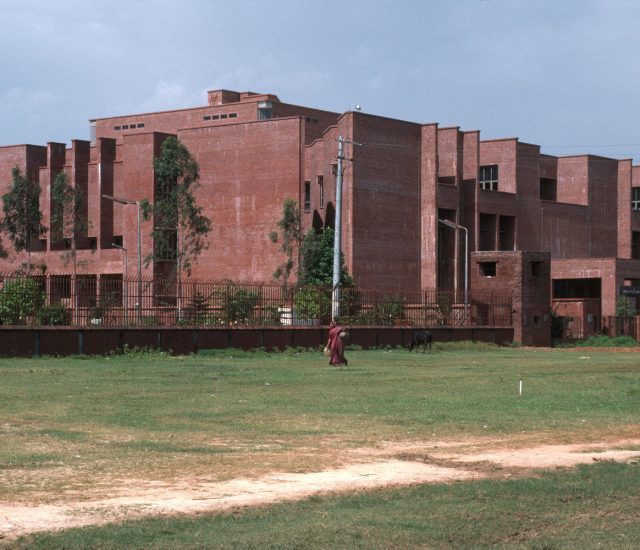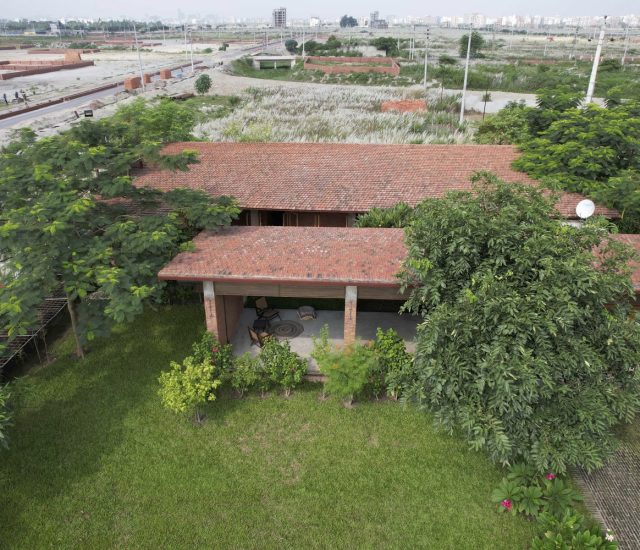Short Story
In 2019, as the world was on the brink of facing one of the most significant pandemics in recent history, Ailton Krenak, a Brazilian indigenous leader, environmentalist, and philosopher, published a book titled Ideas to Postpone the End of the World. This brief booklet, comprising slightly more than 80 pages, came into circulation at a critical juncture, providing both reassurance and a cautionary message to humanity during a time when it observed the rapid evolution of history.
Story
In 2019, as the world was on the brink of facing one of the most significant pandemics in recent history, Ailton Krenak, a Brazilian indigenous leader, environmentalist, and philosopher, published a book titled Ideas to Postpone the End of the World. This brief booklet, comprising slightly more than 80 pages, came into circulation at a critical juncture, providing both reassurance and a cautionary message to humanity during a time when it observed the rapid evolution of history.
Krenak explains to us how his indigenous ancestors used creativity and poetry to resist the barbarism of civilization, considering the process of homogenization proposed by white men, which, among many other interferences, took not only the lives of indigenous peoples but also all the nature around them. However, more than narrating the woes of his people, the author makes us realize that this threat not only still exists, but also extends to all of us.
“We are constantly reminded of the consequences of our recent choices. If we can break free from the collective blindness gripping the world, it might lead us to collaborate across cultures, not to save others, but to save ourselves”. — Ailton Krenak
Krenak’s core idea centers on acknowledging nature as a vast tapestry of interconnected forms, encompassing every individual and element, all contributing to the whole. This perspective challenges us to reevaluate our relationship with nature. Indigenous cultures regard nature as an extended family, and they demonstrate deep respect for this bond by sustainably utilizing the environment’s resources. In contrast, those disconnected from this worldview often exploit natural resources heedlessly, leading to depletion.
The reconciliation between humanity and nature represents a path toward delaying the impending catastrophe. Recognizing the significance of this concept, it has found resonance in various disciplines. While achieving this goal is a multifaceted endeavor, encompassing numerous aspects of human civilization, architecture, symbolizing construction as a whole, plays a pivotal role.

Numerous architectural strategies contribute to postponing the end of the world to varying degrees. These strategies involve mitigating the impacts of climate change, revisiting traditional techniques, or developing new ones. An exemplary approach involves embracing and enhancing vernacular architecture by utilizing locally sourced materials and resources, thereby honoring historical and social contexts while promoting sustainability. Indigenous communities, deeply rooted in their ecosystems, serve as sources of inspiration for solutions addressing local and global challenges, ranging from Francis Kéré’s clay wall constructions to Anna Heringer’s expansive bamboo structures in Bangladesh.


It is vital to spotlight nature-based solutions that incorporate green and resilient infrastructure for urban environments. These strategies leverage nature-inspired ideas to address urban challenges and are designed with consideration of natural landscapes’ potential and limitations. Water management, for instance, is approached through solutions like rain gardens, rainbeds, and wetlands, adapting existing infrastructures to ecological processes and the hydrological cycle. These strategies promote sustainable development, tackling contemporary urban environmental issues such as flooding, pollution, climate change, mobility, and public health.
While it is crucial to collaborate with nature, investing in technology and innovative solutions is equally essential. Architecture can play a fundamental role in absorbing the vast amount of waste generated daily worldwide. Innovative ideas are transforming waste from agribusiness, plastics, textiles, and more into materials suitable for sustainable construction. Additionally, incorporating recycling and reuse practices is vital in reducing production and consumption, further contributing to postponing the end of the world. This includes interventions like the renovation of existing and abandoned buildings.

Architecture plays a dual role. It designs physical spaces and serves as a means to educate and foster collective awareness. This education and awareness are crucial for integrating sustainable and nature-friendly strategies into the built environment. It’s worth highlighting initiatives that introduce environmental education into the conversation, whether through educational centers or community activities that foster sustainable environmental practices.

In addition, strategies are addressing renewable energy production and projects dedicated to preserving and safeguarding natural ecosystems, among numerous others currently under discussion and implementation. Recognizing the urgency of our situation, we must work diligently to transition from the world we know today to one that prioritizes reconnection and a genuine concern for the natural world. These various initiatives offer a way forward, resonating with the idea put forth by Uruguayan writer Eduardo Galeano that a better world might be emerging from within our current challenges.











Reviews
There are no reviews yet.